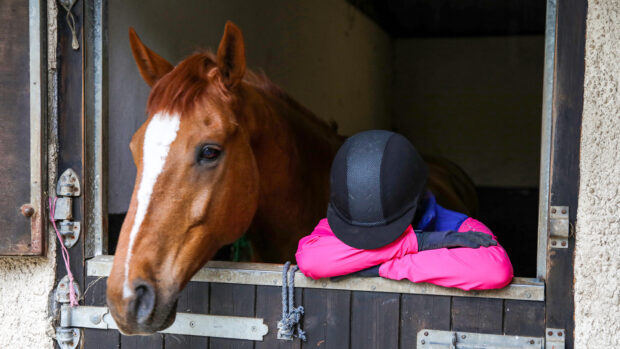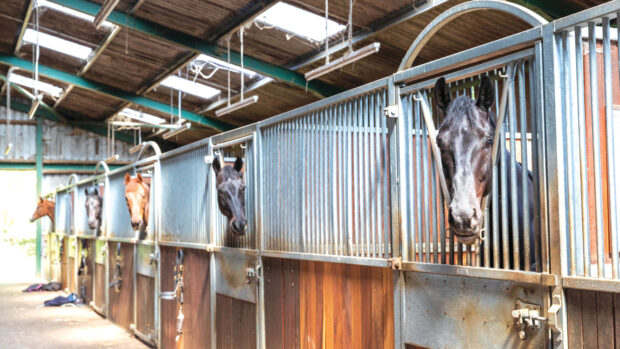Unless you’re lucky enough to keep your horses at home, the chances are that at some point you’ve had to research types of livery. These can vary enormously, so here’s our handy break down of what to expect.
Grass livery
This means that you’re being offered grazing only and there’s no stable available (although there may be a field shelter). This may sound simple enough, but of course nothing’s straightforward where horses are involved. This is generally the cheapest form of livery, and varies depending on what other facilities are available – you may literally be offered a field without even a water supply and charged a few pounds a week, or you may have access to an arena, farm ride or livery services and pay accordingly.
Full livery
This is the one with the most room for variation, so if you’re planning on moving to a full livery yard, make sure you know what’s included. Some yards will clean your tack, ride your horse, polish his hooves and read him a soothing bedtime story, while others will muck out and chuck him on the horse walker twice a day. Costs vary from ‘great value’ to ‘it would be cheaper to buy him his own apartment in St Tropez’.
DIY
Many horse owners choose DIY livery, as it tends to be one of the most economical options. Once again (is this sounding familiar?) what’s included can vary a lot. Some yards take ‘do it yourself’ literally, and you’ll find yourself heading to your local branch of B&Q to purchase fencing staples or bolts. Others will take care of the yard itself but expect you to do all jobs associated with looking after your own horse yourself, often including sweeping up and tidying of communal areas on a rota basis with other liveries. If you’re on a fairly tight budget and don’t mind rolling up to work smelling of horse, then this is the one for you.
Assisted DIY livery
This is where you keep your horse at grass or DIY livery but buy in optional services as you need them. For example, you might be on a DIY yard but pay for turnout three times a week if you need to get to work early. This is a great option if your yard offers it.
Part livery
This type of livery tends to include all aspects of horse care, but with no exercise. It can typically be on a five day per week basis, with owners doing DIY on weekends, or a full seven day week basis. Each yard can interpret part livery differently and the care package included, so it is essential you check first.
Competition livery
If you would like your horse to b kept fit and in competition by a professional rider, this type of livery is the one you are looking for. Competition livery involves your horse being on full livery, with the rider doing all exercise with your horse.
Sales livery
This type of livery does what it says on the tin. Your horse is in full livery on a rider or dealer’s yard, with the idea being that they will take on the responsibility of selling your horse for you.
Continued below…

5 key relationships you will establish when on a livery yard
EVERYONE needs a number 3!

Subscribe to Horse & Hound magazine today – and enjoy unlimited website access all year round
Working livery
Working livery is usually offered by riding schools, and means they can use your horse for lessons in return for a reduction in livery fees or possibly in return for them doing all the work. This can be a good option if you don’t get as much time to ride as you’d like, but does mean you might not have much control over who is riding your horse.
Would you like to read Horse & Hound’s independent journalism without any adverts? Join Horse & Hound Plus today and you can read all articles on HorseandHound.co.uk completely ad-free




